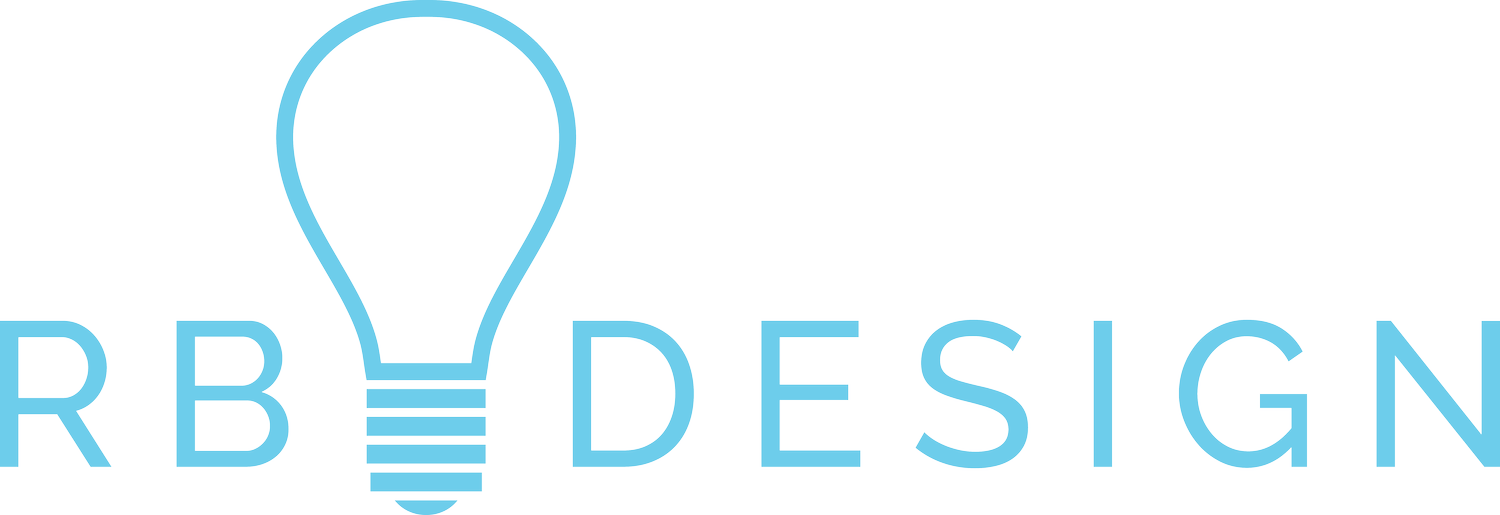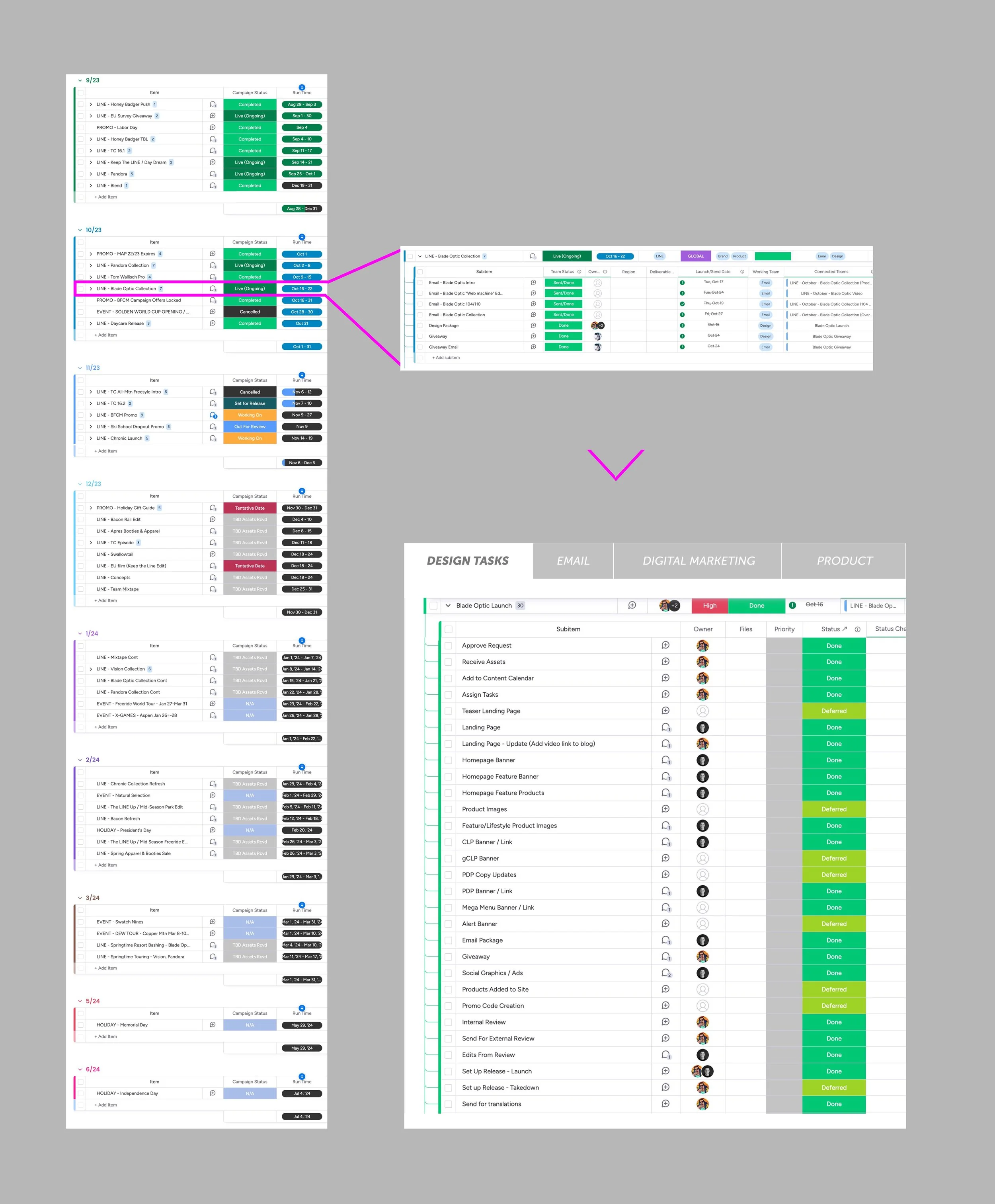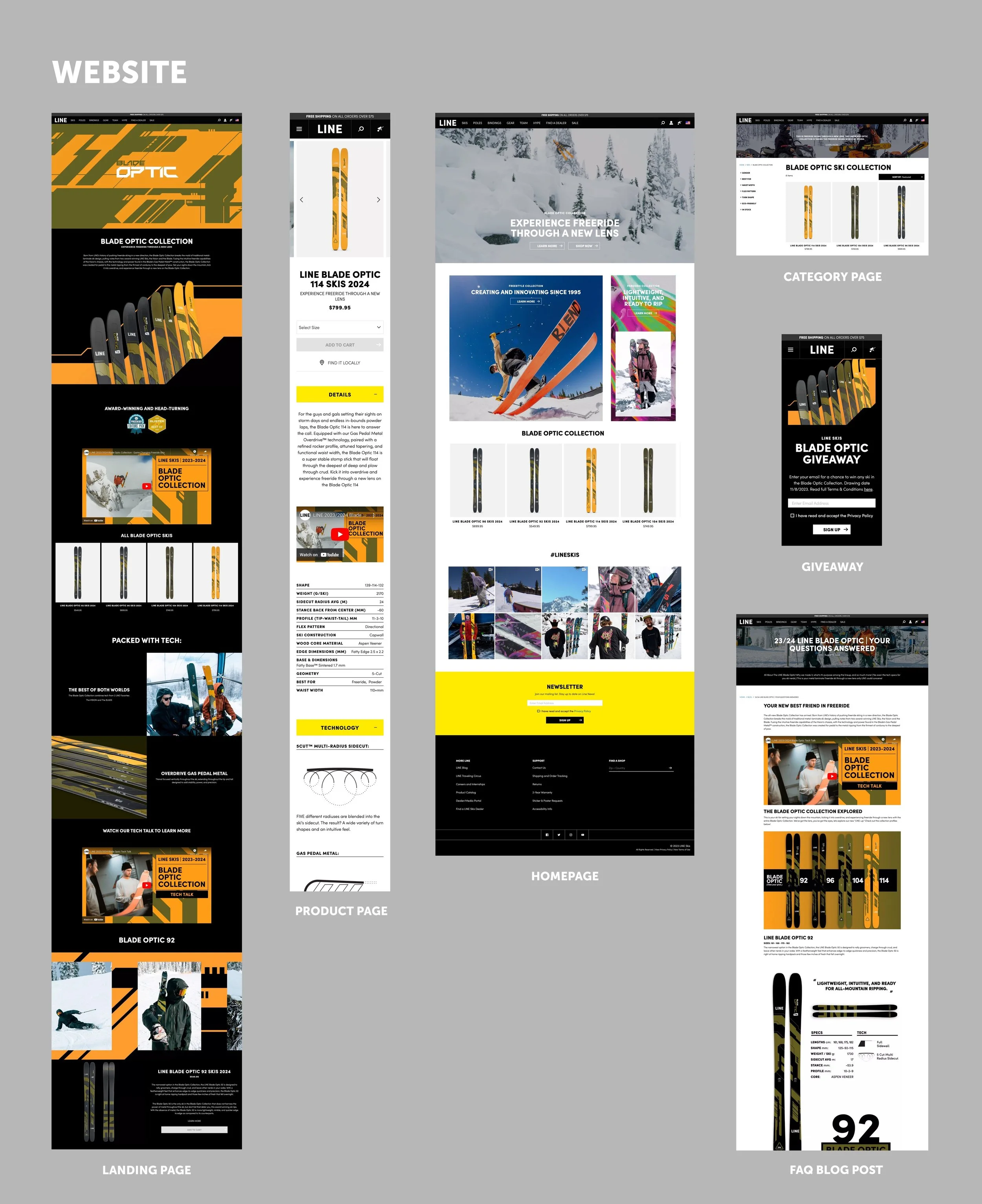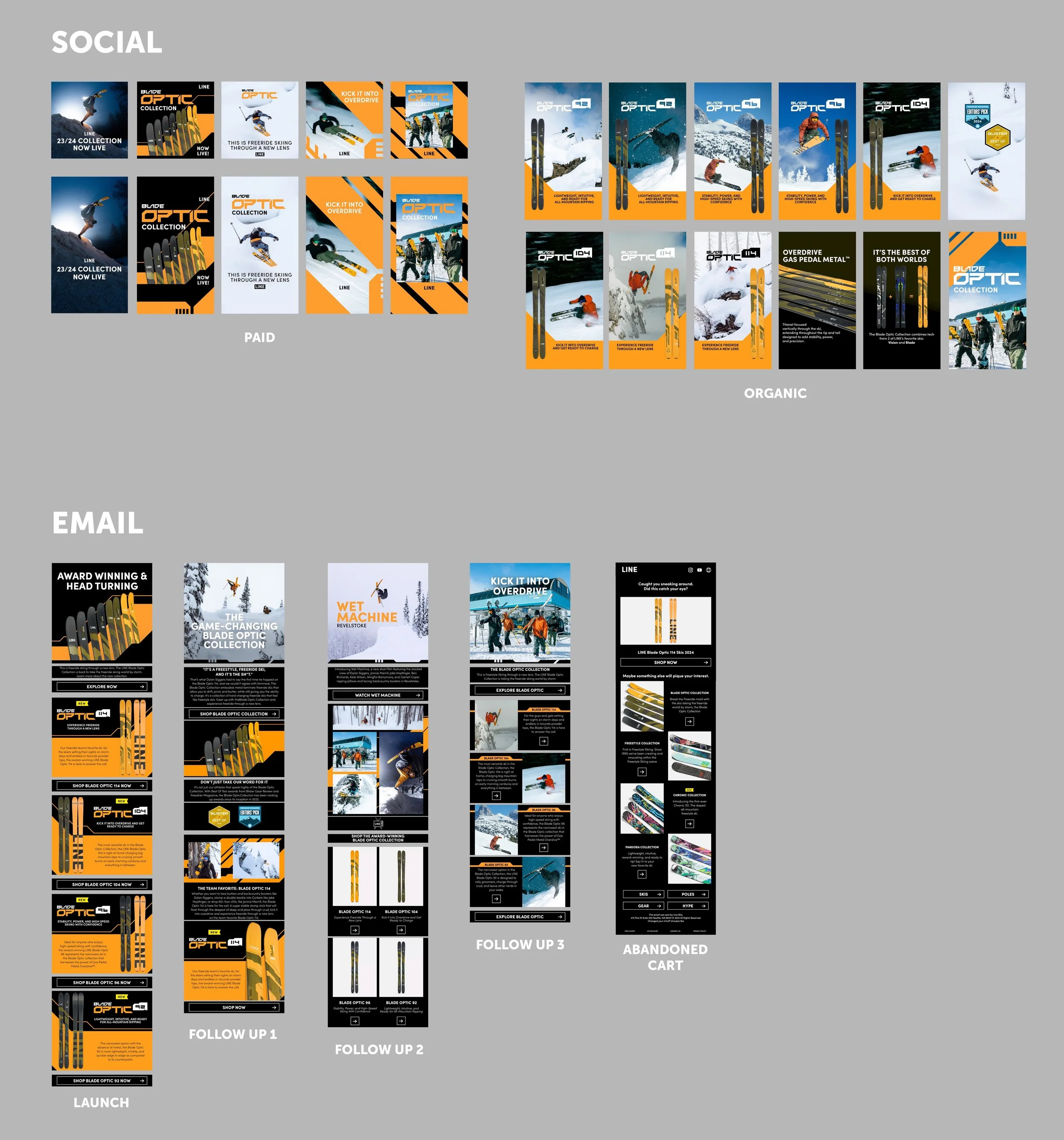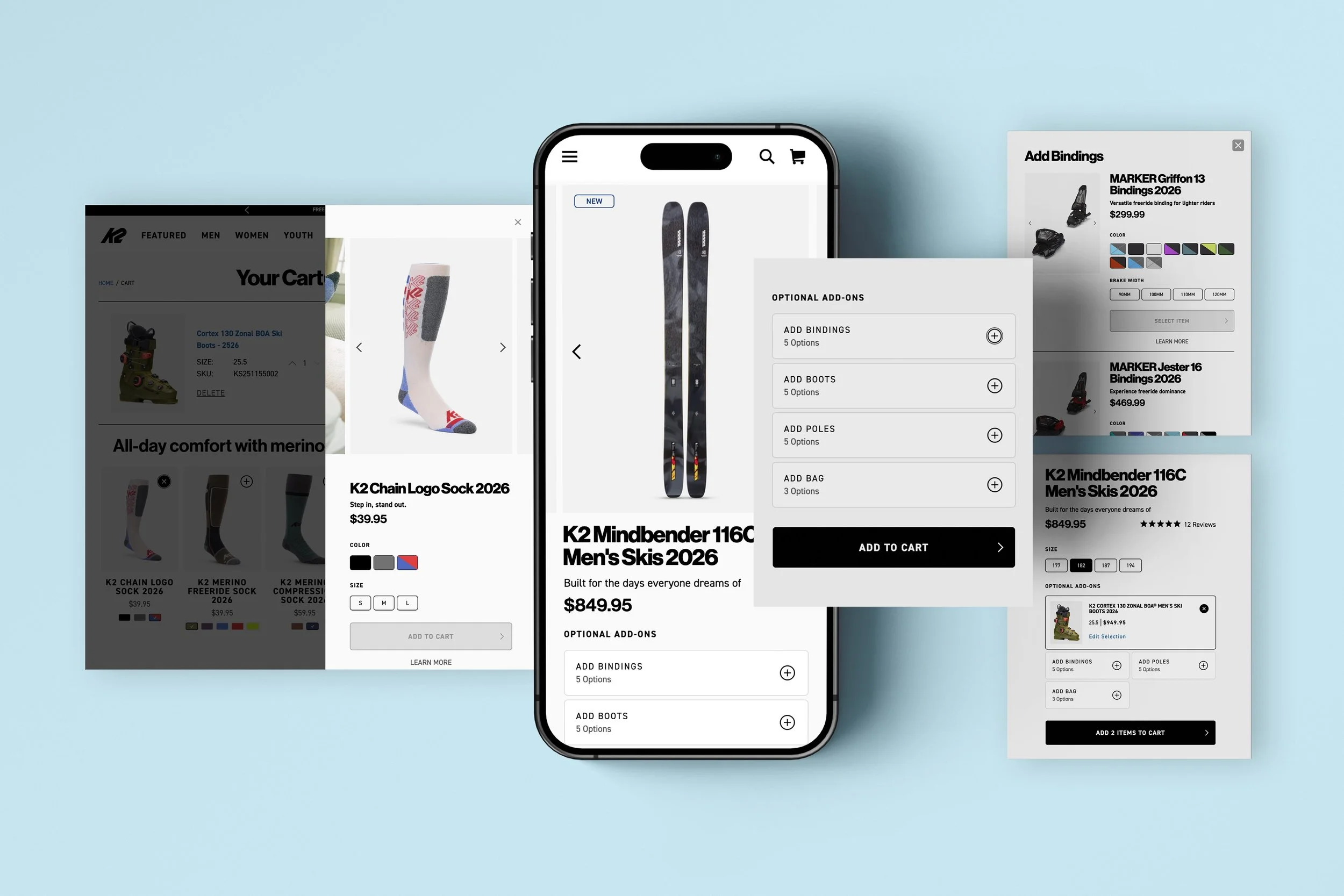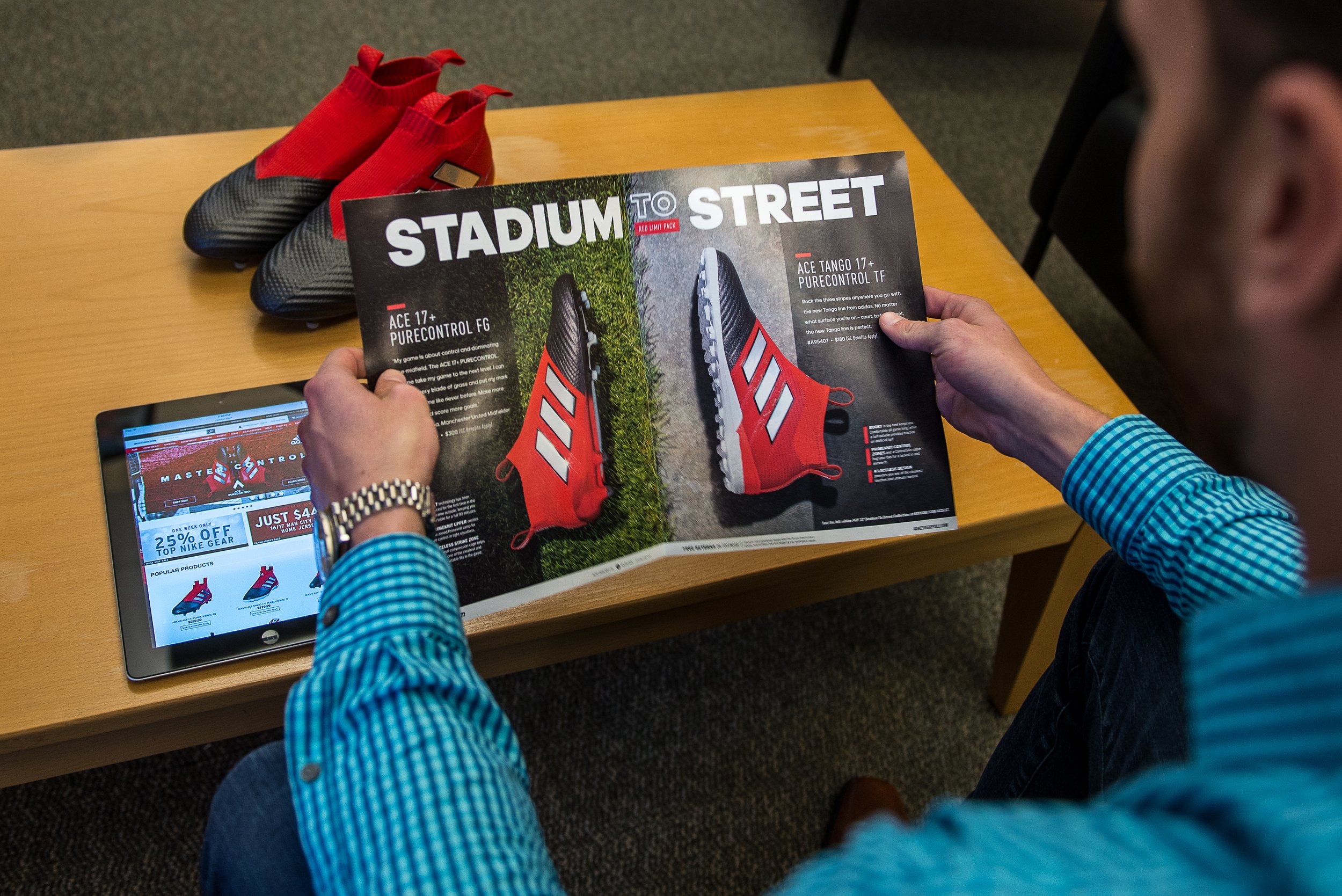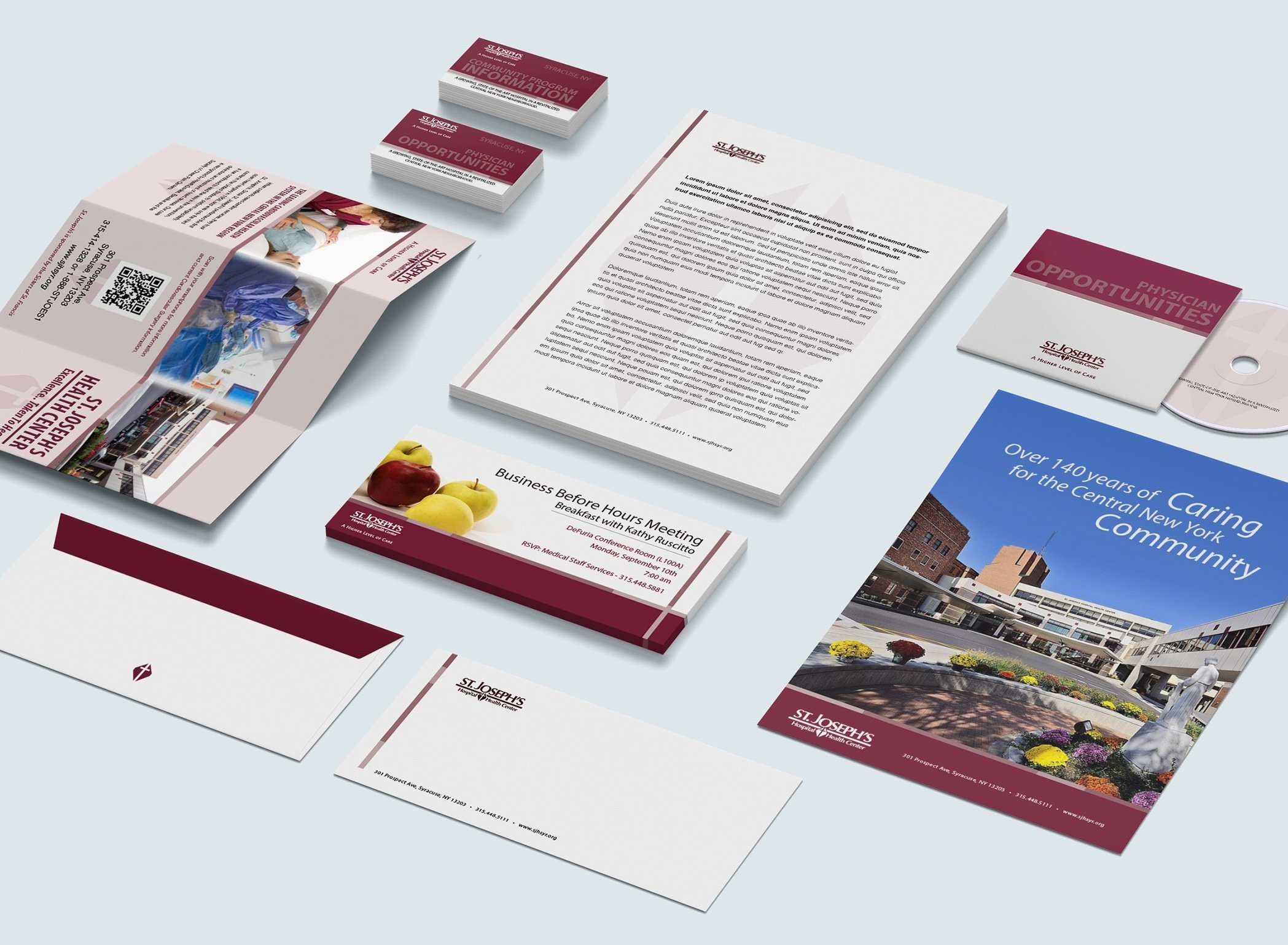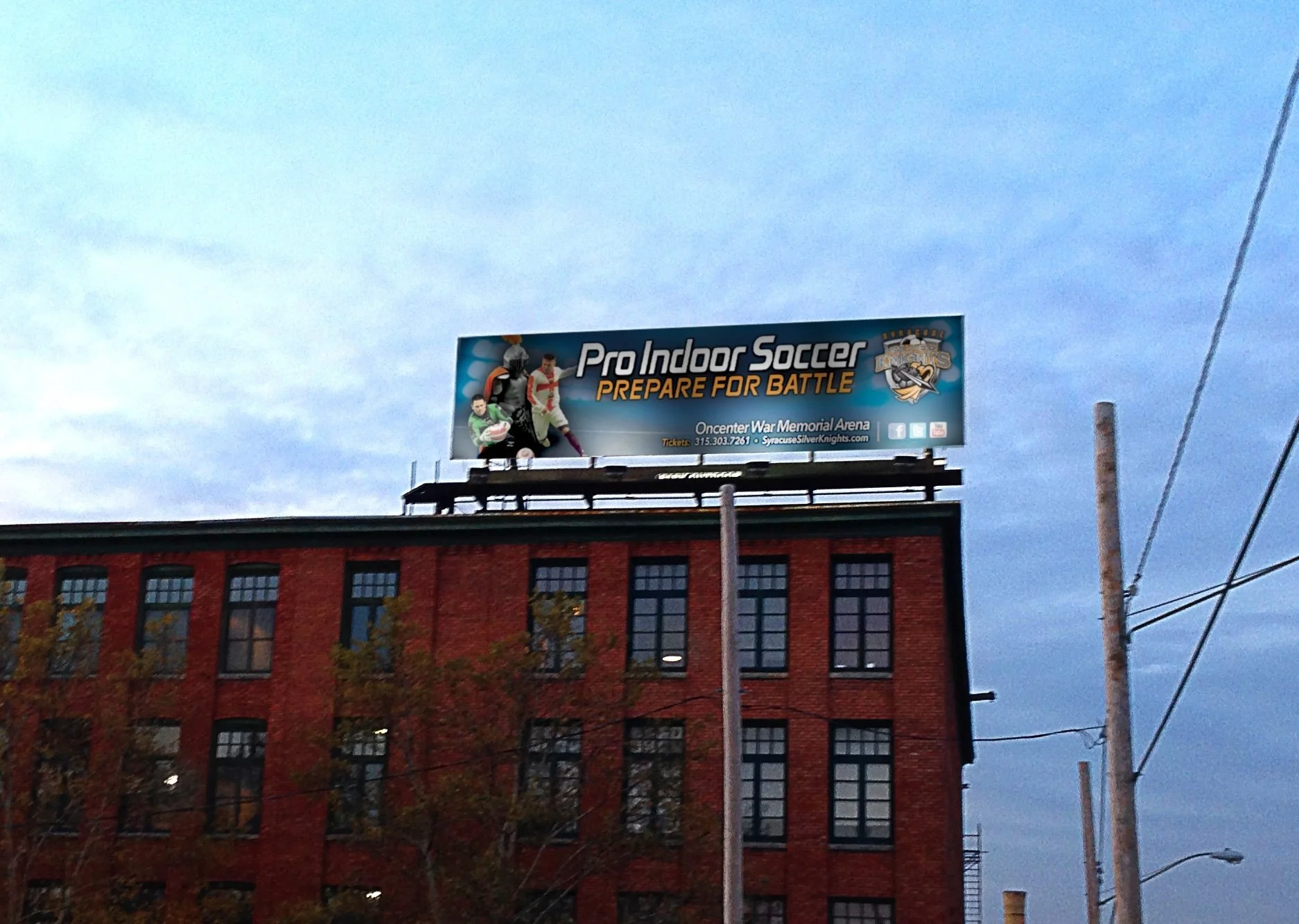Project Management // Team Management // UX & UI Planning // Design Operations // Workflow Automation // Design Systems // Cross-functional Collaboration
UX/UI Team Project Managment
Overview
While expanding the UI, UX, and Digital Design teams to operate as an internal agency for 13 seasonal brands, I implemented the project management tool Monday.com to centralize and streamline our workflow. We developed an automated tier system to track incoming campaigns, measure ROI, and standardize asset delivery across email, performance ads, websites, microsites, and organic social. As a result, we scaled from managing just 2 to 3 campaigns per year to producing 2 to 3 campaigns per week across all 13 brands. Dramatically increasing output, efficiency, and cross-team alignment.
How it works:
1: Tier System
Marketing
The tier system is a flexible 1-to-4 scale framework designed to streamline our campaign process by categorizing requests based on size and effort. It helps reduce unnecessary meetings and back-and-forth with stakeholders by gathering key details upfront, enabling our team to start projects faster and with clearer expectations. Each tier outlines the time, resources, and scope involved, helping us better estimate workload, align with stakeholder needs, and track ROI. By structuring requests this way, we can allocate resources efficiently, prioritize effectively, and determine early on whether the expected return, whether in revenue, engagement, or visibility, justifies the investment.
2: Campaign Calendar Implementation & Automation
With 13 seasonal brands operating as separate entities, it became challenging to manage overlapping timelines, track incoming requests, and allocate UI/UX team resources effectively. To solve this, I created a centralized campaign calendar that brings all brand activity into a single, unified view. This system allows us to see every campaign request in one place and use the tier system to assess scope and effort. As a result, we can better plan, balance the team's workload, and forecast priorities 6 to 12 months in advance. The calendar also helps identify high-demand periods, reduce scheduling conflicts, and ensure the design team remains focused, efficient, and aligned across all brands.
3: Scalable Module Design System
To streamline design across 13 distinct brands while maintaining their unique identities, I developed a scalable module design system. This system allows us to use a consistent structure and process for all brands, reducing design time and increasing efficiency, while applying brand-specific styles like typography, color, and imagery. By designing flexible, reusable modules that adapt visually to each brand, we ensure a cohesive user experience, faster production timelines, and easier maintenance across platforms. It is a system built for scale without sacrificing individuality.
1: Tier System Marketing
WHY:
To reduce unnecessary meetings and back-and-forth communication with stakeholders. By gathering key information upfront, our team can hit the ground running, resulting in faster turnaround times.
This system also helps set clear expectations with stakeholders by outlining the time and effort required for each type of campaign. With everyone aligned, we can better estimate story points and build more accurate analytics, ultimately helping us assess whether the ROl justifies the work involved.
GOAL:
Our goal is to build a tiered system that categorizes campaigns by size, based on the level of effort required across key areas such as website buildout, performance advertising, email, product development, and campaign management. By collecting the right documentation upfront, at the moment brands submit their requests, we can better scope the work, allocate resources efncientiv and estimate the time investment needed. This allows us to assess the cost to our team early on and evaluate whether the expected return (in revenue, exposure, accounts, traffic. etc.) justifies the effort before work begins.
Stakeholder submits a request through the intake form.
Based on their selection, they are prompted to provide specific actionable items required by the team.
The task is tagged as Tier 2 in the campaign calendar and now includes all necessary information for the team to begin work.
Process Overview:
2: Campaign Calendar Implementation & Automation
WHY:
With each brand operating independently, it was difficult to track overlapping campaigns, forecast workload, or maintain consistency in rollout. By automating and streamlining this process, we reduce manual coordination, eliminate silos, and improve overall UX by ensuring campaigns launch on time and with full visibility across teams. This system allows us to prioritize more effectively, manage design resources, and maintain higher quality output.
GOAL:
The goal is to create a scalable and efficient workflow that brings transparency to campaign planning, aligns cross-functional teams, and improves the end-to-end user experience. By planning 6 to 12 months in advance, we can better allocate resources, reduce bottlenecks, and ensure every campaign, from email to microsite, is executed with consistency and strategic alignment.
Intake Form Submission - After a stakeholder completes the intake form, providing key campaign details and selecting needs based on the type of request.
Automated Notification & Review - Once submitted, the system automatically notifies the project owner to review and approve the request for production.
Task Creation Across Teams - Approved requests trigger automated task creation for the design, email, digital advertising, and product teams. Each team receives the appropriate tasks on their project boards, ready to begin work.
Process Overview:
3: Scalable Module Design System
WHY:
Managing design across multiple brands often leads to duplicated work and inconsistent user experiences. By creating a shared system, we streamline workflows, reduce production time, and maintain design quality. It allows the team to follow a single process while still delivering brand-specific visuals, helping us scale efficiently without compromising creativity or identity.
GOAL:
To build a unified design framework that improves speed, consistency, and flexibility across brands. The goal is to empower the UI/UX team to produce high-quality, brand-aligned work faster by reusing core components while customizing the visual layer—ensuring both scalability and individuality across every digital touchpoint.
Process Overview:
Asset Delivery
Brand provides core content, including product graphics, photos, and video assets needed for the campaign.Design System Setup
We build a UI design system tailored to the brand’s visual identity, creating structured design guidelines to keep the team aligned and consistent.Module Creation
Using the system, we develop reusable ad and email modules that follow the design standards while remaining flexible for various content needs.Streamlined Production
With modules in place, we quickly produce campaign assets at scale, enabling efficient rollout, reusable content, and consistent brand presence throughout the season and at launch.
